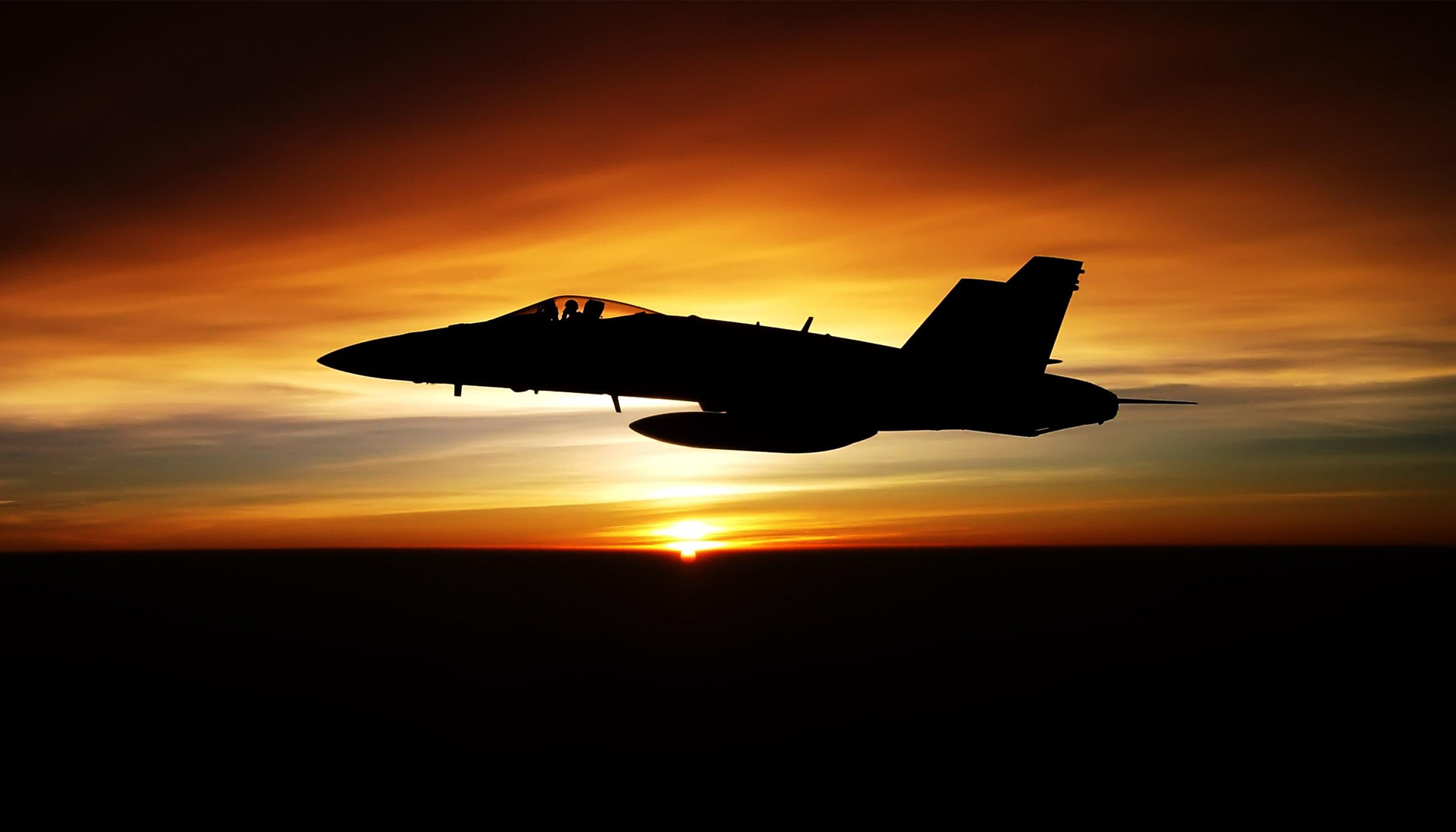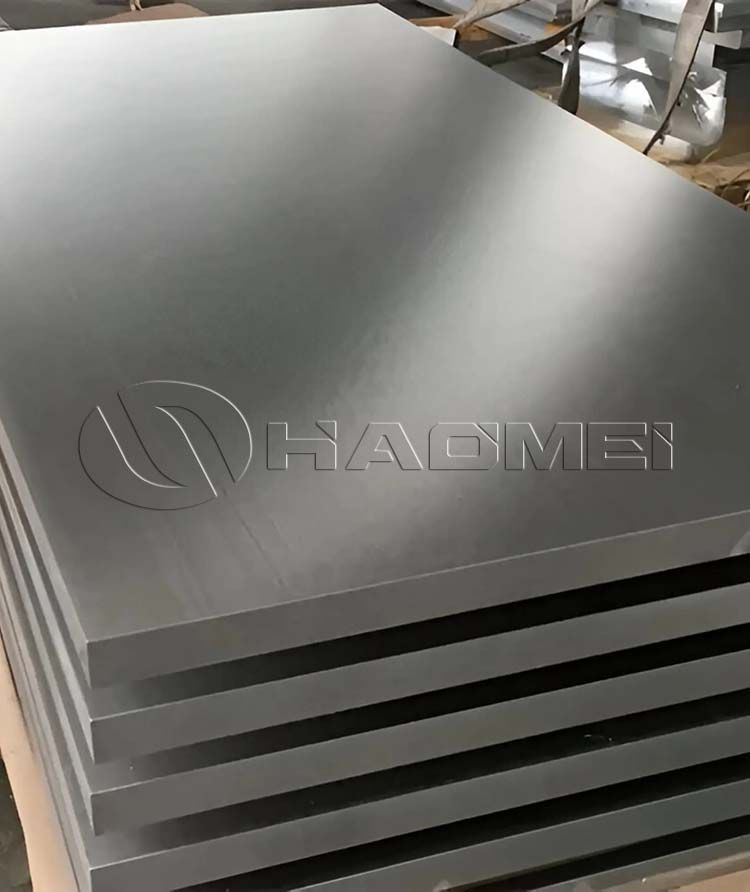
In the aerospace industry, the balance between lightweight and high performance has always been the core proposition of material selection. As representatives of the 6xxx series of aluminum alloys, 6061 and 6063 play an irreplaceable role in the aviation field with their unique alloy ratios and process characteristics. These two alloys must not only meet strict mechanical performance standards, but also maintain reliability in extreme environments.
6061 aerospace aluminum has magnesium (0.8-1.2%) and silicon (0.4-0.8%) as the main alloying elements. After T6 heat treatment, the tensile strength can reach 310MPa and the yield strength is 276MPa. This high strength makes it widely used in key load-bearing components such as wing stringers and fuselage frames.

The magnesium content of 6063 is slightly lower (0.45-0.9%), and the silicon content (0.2-0.6%) is adjusted to make its tensile strength about 240MPa. Although it is lower than 6061, it has higher extrusion formability and surface finish. This feature makes it the first choice for aviation interior parts and decorative profiles.
1. Dual challenges of lightweight and strength
Aerospace materials need to maintain structural integrity while reducing weight. The high strength-to-weight ratio of 6061 (about 115 MPa・m³/kg) makes it an ideal choice for parts such as landing gear struts and engine hangers. 6063 achieves weight reduction while ensuring stiffness through thin-wall design (minimum wall thickness 0.8mm) and complex cross-section extrusion.
Aircraft need to cope with complex environments such as high altitude, low temperature, humid salt spray, etc. 6061 can withstand salt spray corrosion in coastal areas for more than 5 years through anodizing (film thickness 8-15μm) and chromate coating.
The natural oxide film of 6063 (thickness about 0.5μm) combined with the anodizing process has no discoloration in acid rain environment for 15 years, significantly reducing maintenance costs. In addition, both alloys can still maintain more than 90% of the room temperature strength in the temperature range of -50℃ to 150℃.
3. Strict standards for manufacturing processes
The manufacturing of aviation parts must meet high precision requirements. The machining tolerance of 6061-T6 is controlled within ±0.05mm, which is suitable for CNC-machined precision gears and bearing seats.
The extrusion molding speed of 6063 can reach 50m/min, and it can produce complex profiles with a curvature radius less than 1.5 times the wall thickness, such as aircraft cabin door slides. At the same time, both alloys must pass AMS 4049 (6061) and AMS 4080 (6063) aviation material certification to ensure the consistency of chemical composition and mechanical properties.
4. Sustainability and cost optimization
The aviation industry has increasingly stringent environmental requirements. The recycling rates of 6061 and aluminum 6063 plate are both over 95%, and the performance loss of recycled aluminum is less than 5%.
In terms of cost, the extrusion die life of 6063 is 30% longer than that of 6061, and no complex heat treatment is required, reducing the overall cost by 15-20%. This economy makes it more competitive in non-load-bearing parts, such as the battery compartment and interior parts of drones.
Original Source:https://www.aircraftaluminium.com/a/what-requirements-should-6061-and-6063-meet-in-aerospace.html
Tags: 6061 Aircraft Aluminum ,
Contact Us